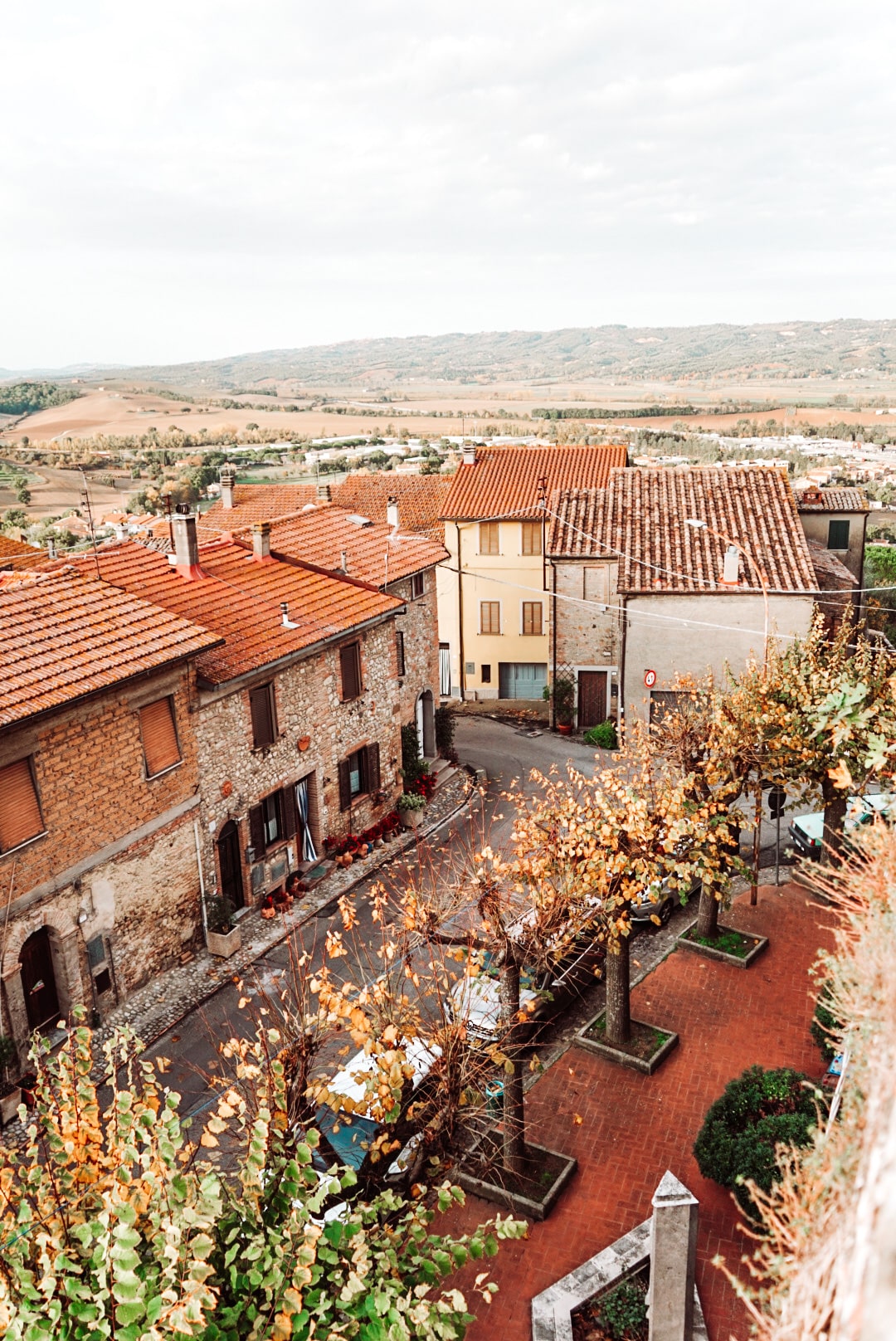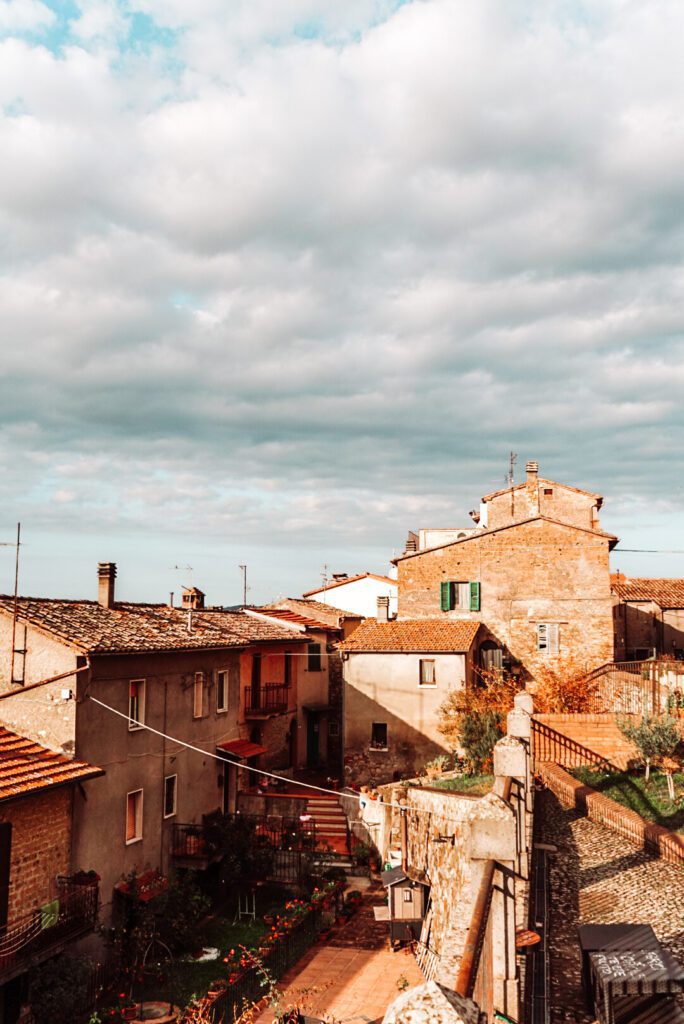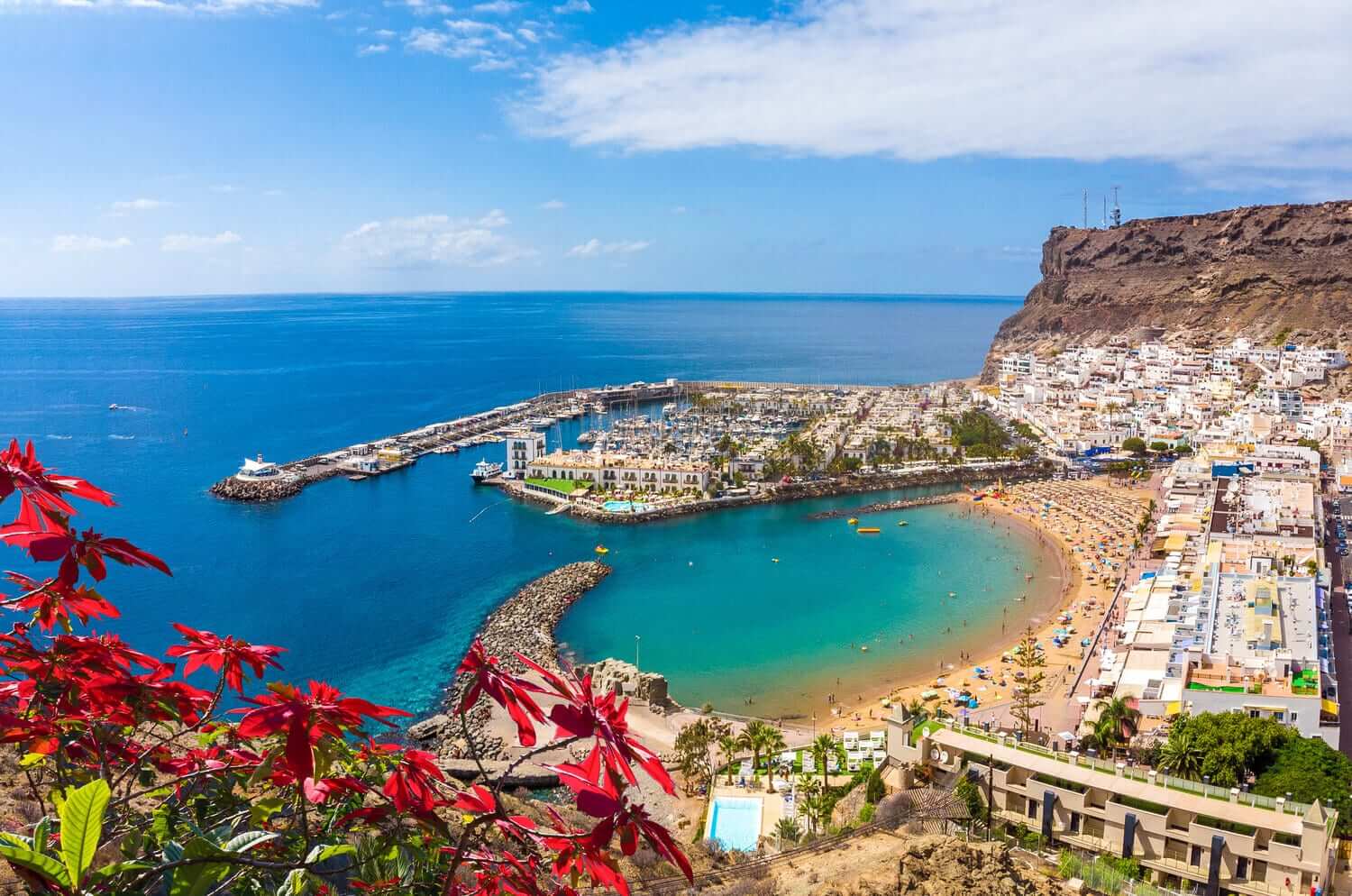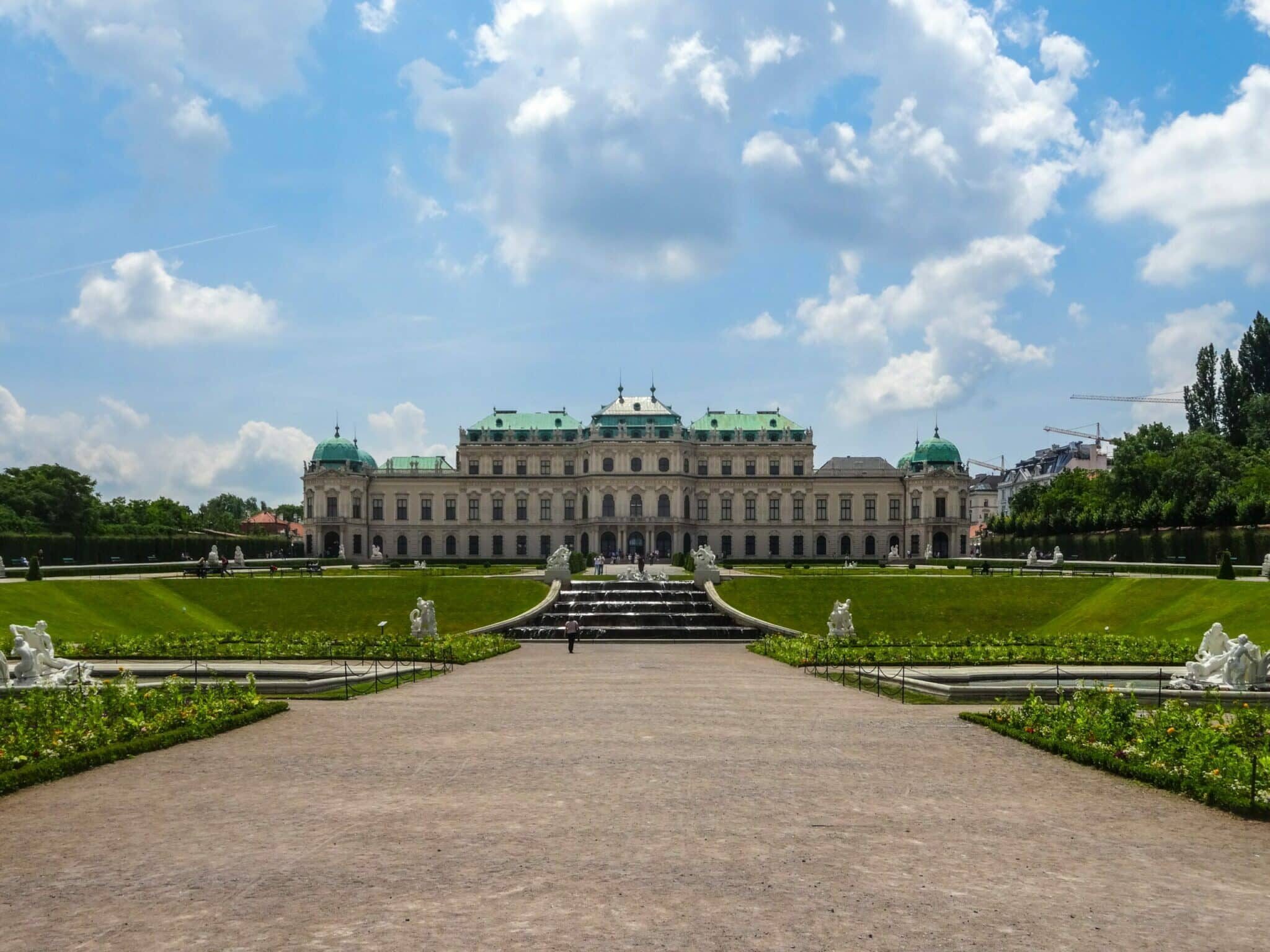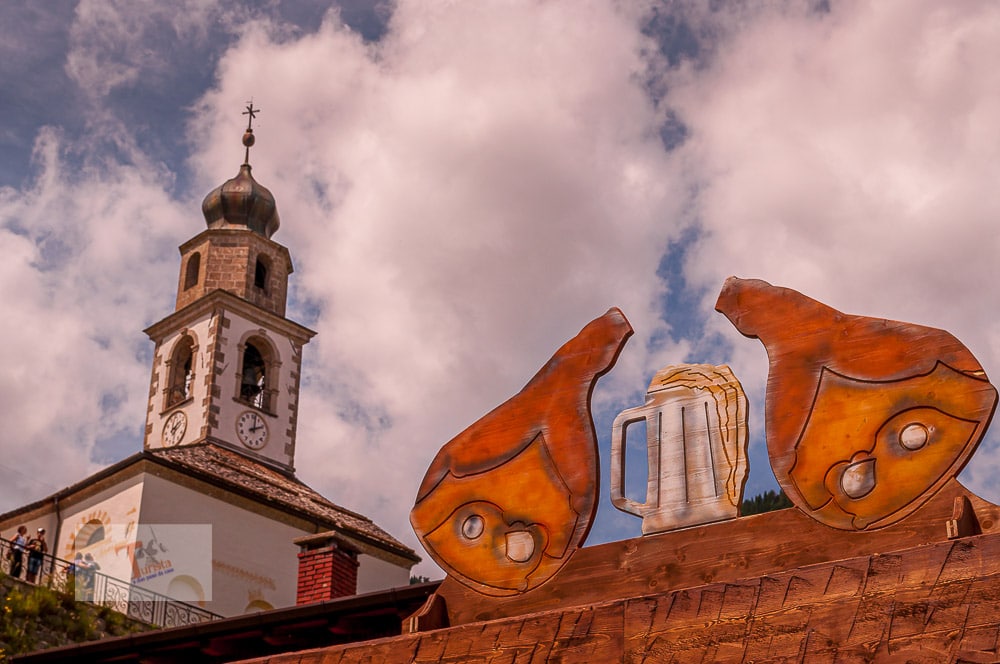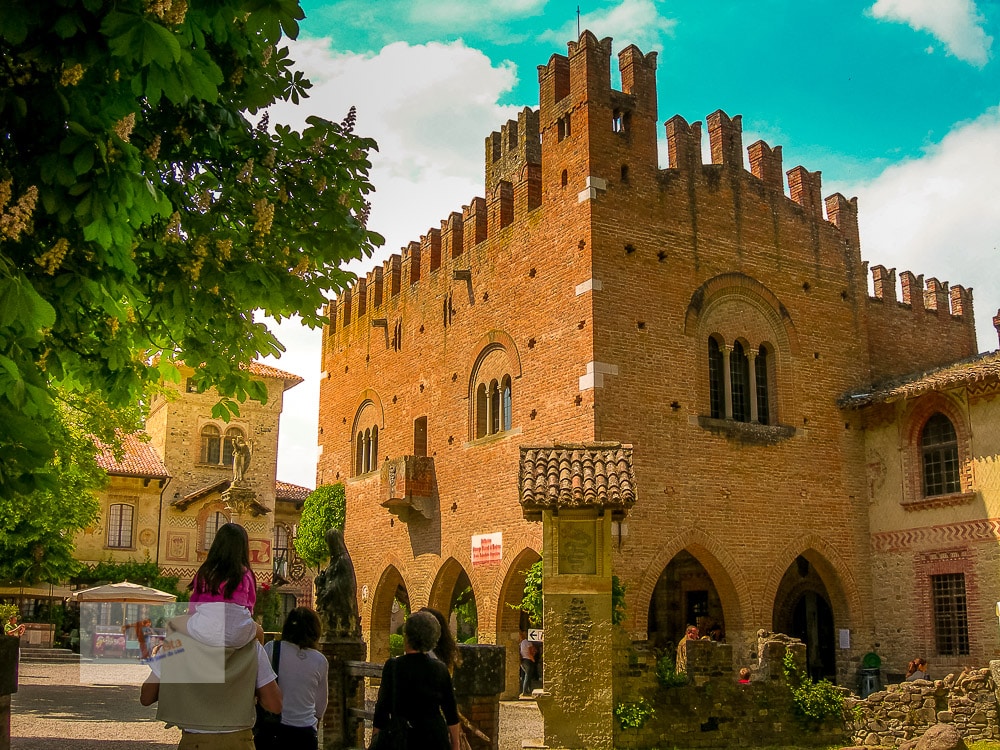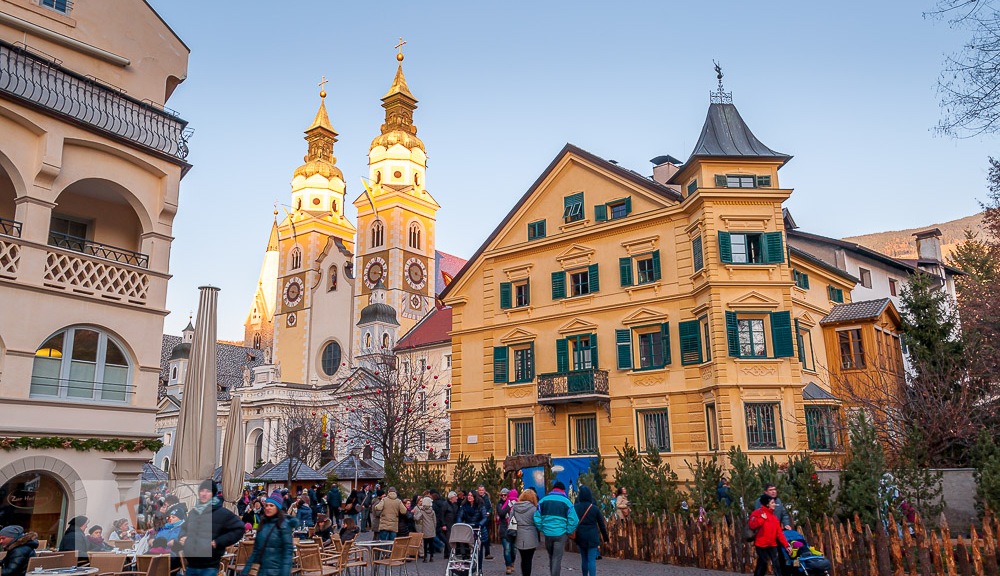Fabro, in the Terni province, is a popular tourist destination known not only for its proximity to Orvieto and other picturesque Umbrian villages (Parrano, Montegabbione, Monteleone d’Orvieto, Allerona, and Castel Giorgio), but also for its food and wine traditions, which are best expressed through excellent typical products like white truffles, olive oil, and wine.
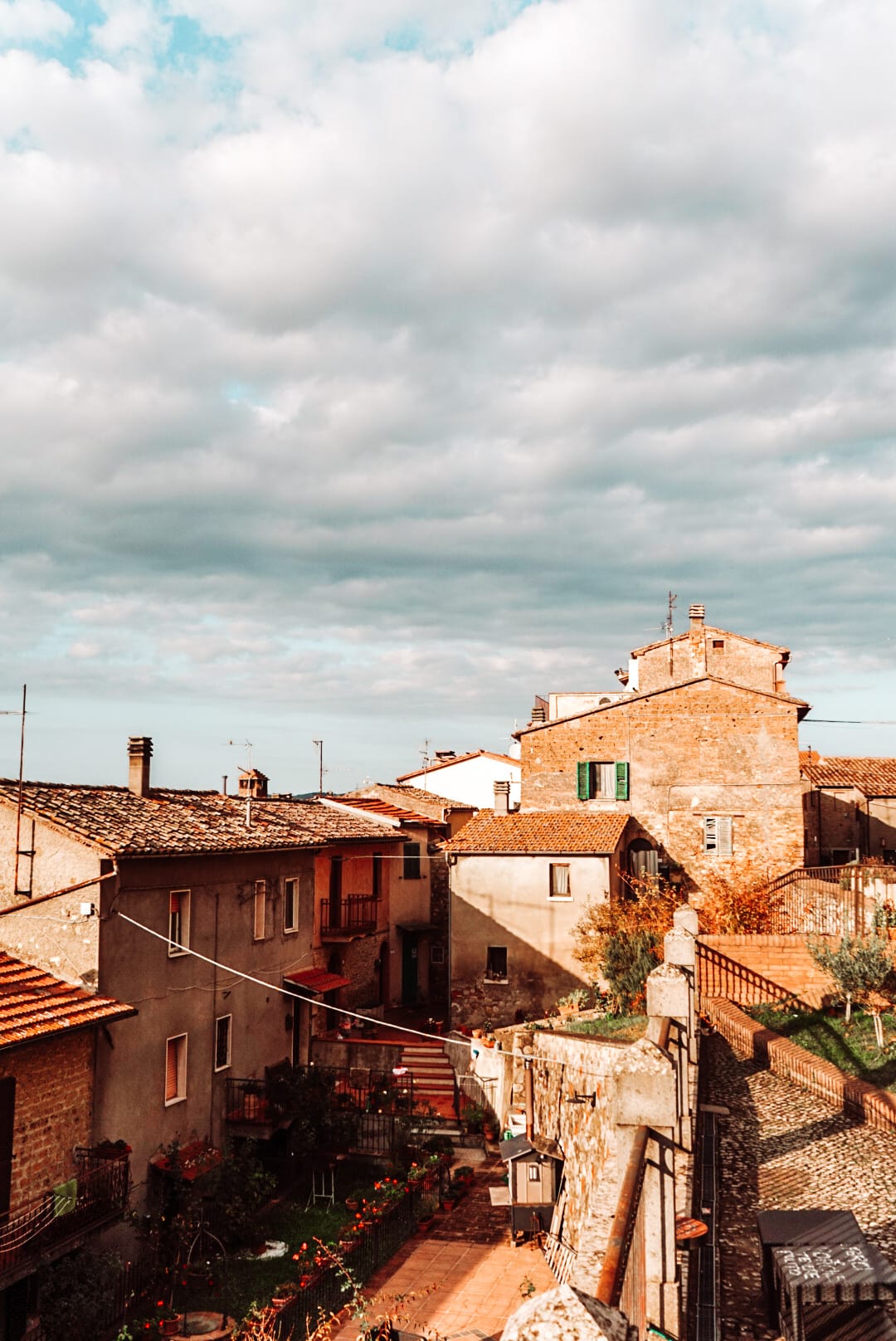
Fabro’s historic center is built on the ruins of a typical medieval stronghold, massive yet sophisticated, intended for defensive purposes.
Fabro’s castle, which has been transformed into the town’s “historical center,” rises 364 meters above sea level and dominates the valley below, where the majority of the town’s residents have gradually moved and resided.
What to see in Fabro
After going through vast stretches of olive fields and vineyards, valleys surrounded by lush forests, and mountainous sections with stunning panoramic roads, you will arrive in Fabro’s old center.
Fabro’s historic center is quite small, crammed within the limited building space provided by a hill ridge whose elongated shape has ‘directed’ the village’s urban structure.
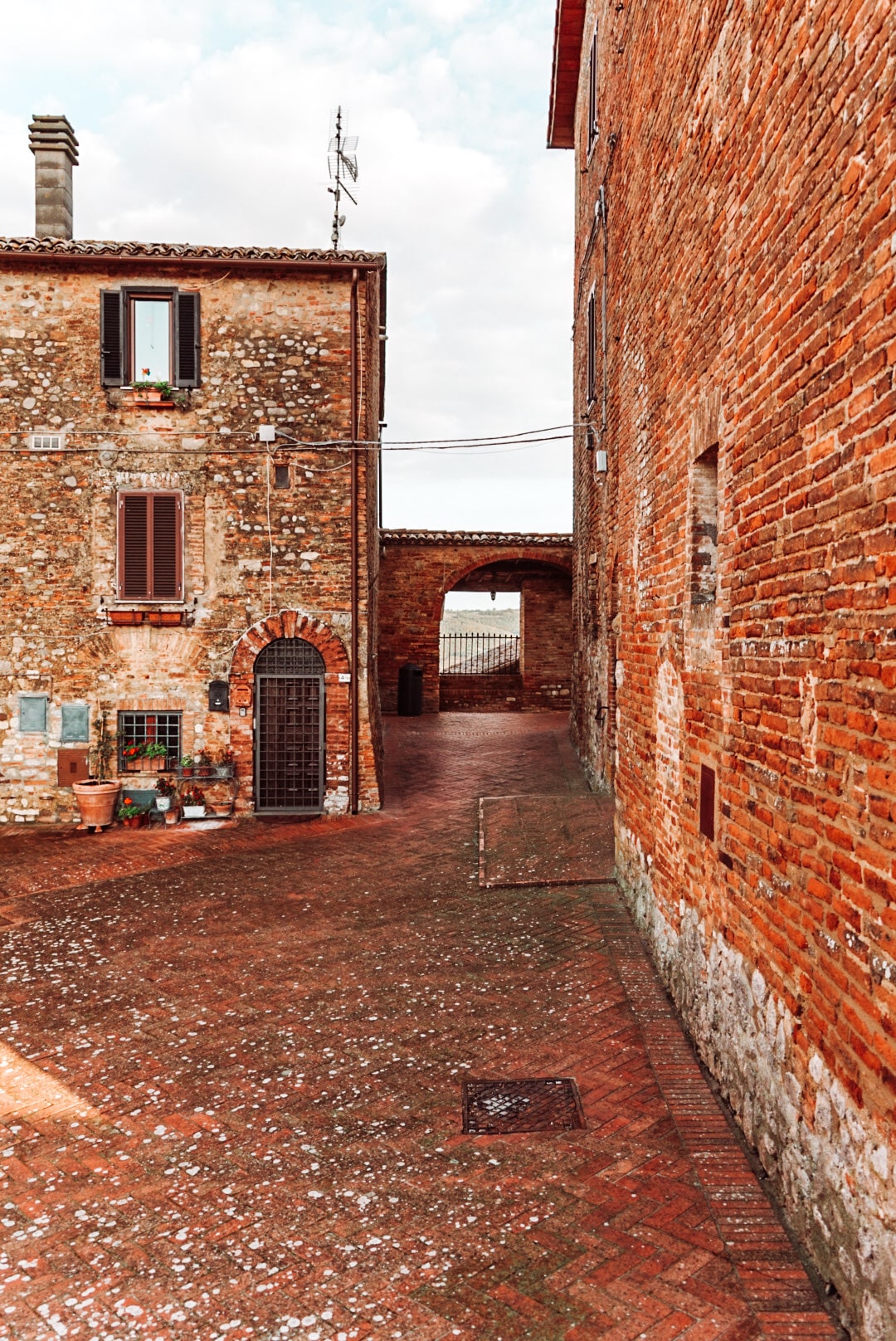
The name Fabro appears to come from the Latin term Faber, which means ‘blacksmith,’ which was one of the most common activities in the area and for which the village’s craftsmen were well-known in the surrounding areas. Fabro is situated in a major business district that straddles the borders of Umbria, Lazio, and Tuscany.
THE CASTLE OF FABRO
Fabro’s castle is a priceless relic from the village’s medieval past. The castle, which was built around 1000 on a pre-existing Roman stronghold, underwent significant changes during its restoration in the 16th century.
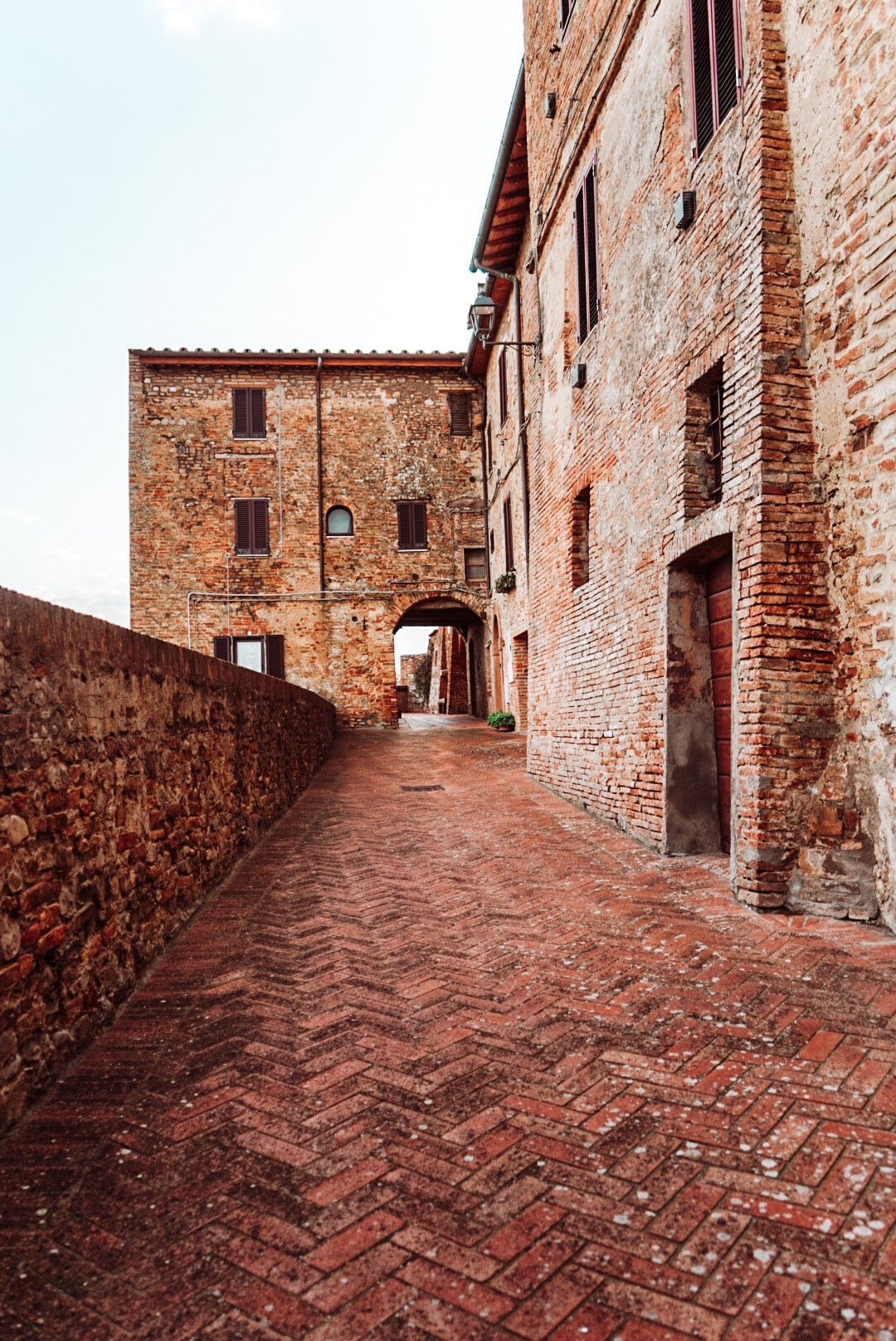
The restoration work included the addition of the walls and the tower, which can still be seen in the fortress today, and followed the instructions and plans of papal architect Antonio da Sangallo.
The reddish bricks of the town’s outer walls and the buildings still “protected” by Fabro’s castle do not conflict with the more contemporary portion of the town; in fact, they wonderfully complement it. You may see the view of the valley below from the castle walls after a trip within the fortress: it’s thrilling!
THE CHURCH OF SAN MARTINO AND THE TOWN HALL
In addition to the castle, the Church of San Martino in Fabro’s historic center has a stunning 1930 wooden bas-relief showing Saint Martin, Bishop of Tours, as well as the recently rebuilt 19th century Palazzo Comunale.
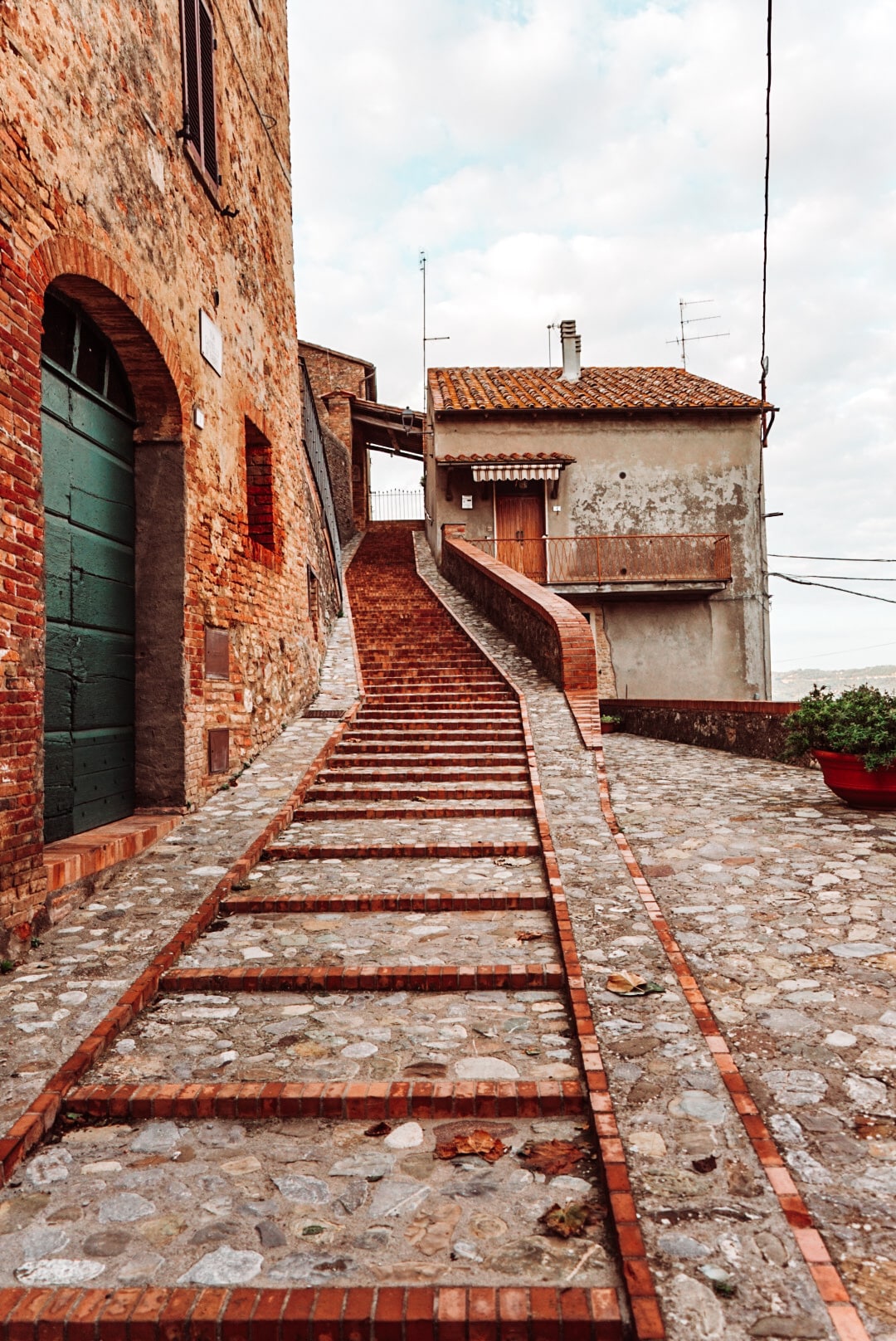
THE CASTLE OF CARNAIOLA
The castle of the same name, which dates from the year 1000 and was built on earlier Roman defenses, is not to be missed in the nearby hamlet of Carnaiola. The Romans built a powerful hydraulic lock in this location to limit and manage the Tiber River’s flooding, as well as fortifications to protect them from enemy invasions. Carnaiola Castle is a must-see destination!
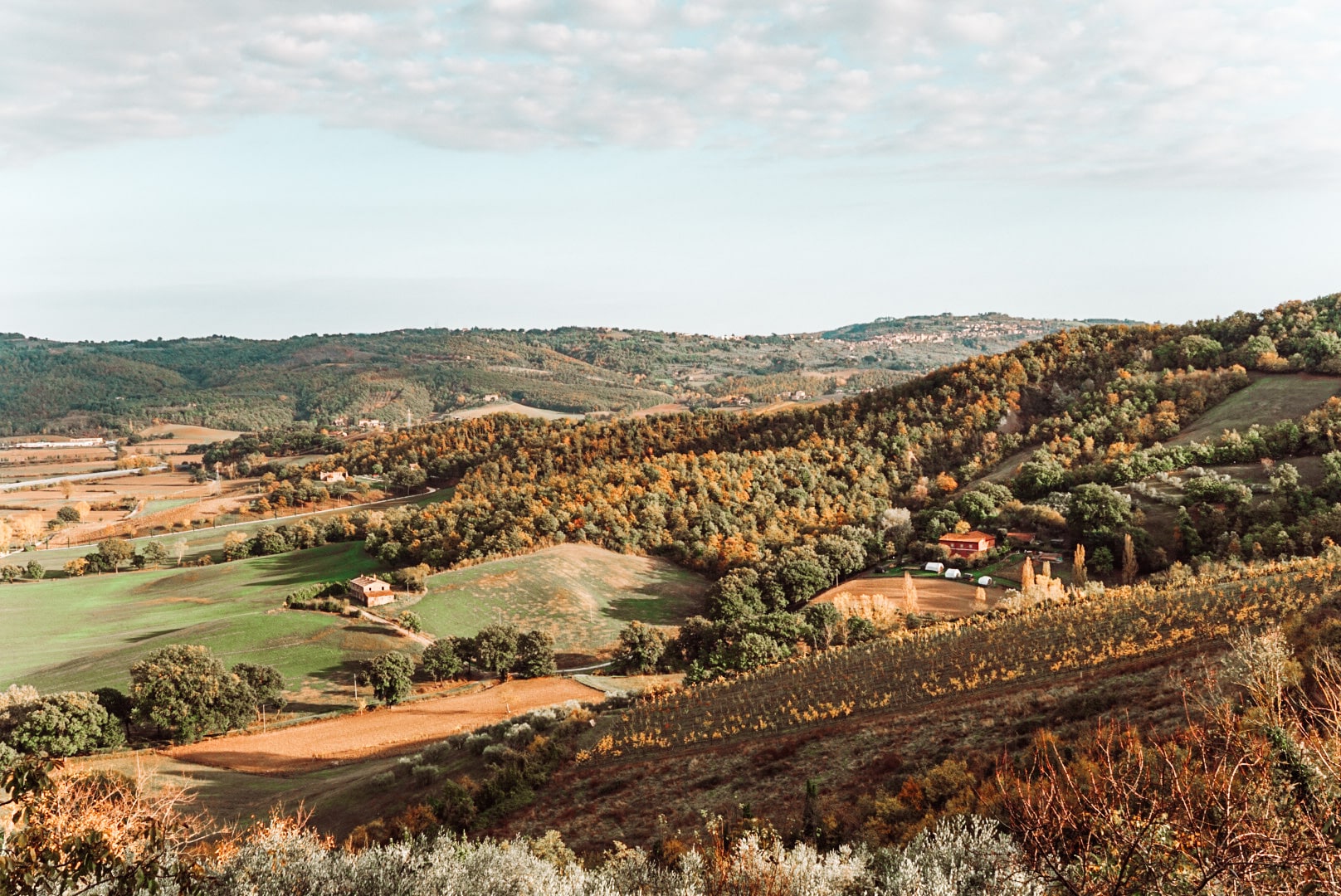
THE VILIALBA ECOLOGICAL PARK AND THE SAN PIETRO ACQUAEORTUS TRAIL
The Vilialba Ecological Park, which is only a short distance from Fabro, offers quiet walks in nature, trekking, excursions, and picnics. The natural walk of San Pietro Acquaeortus is particularly interesting.
THE MOST BEAUTIFUL VILLAGES TO VISIT NEAR FABRO
If you still have some time after visiting Fabro, there are a number of medieval villages within reasonable driving distance that are well worth a visit.
Among them, I propose Parrano (which also has the Eremito – Hotelito del Alma), Montegabbione (which has the Scarzuola), and Allerona, while the options are numerous. You will be able to appreciate the beauty of one of Umbria’s lesser-known tourism locations, which is unfairly undervalued and underpublicized. You will be charmed, I guarantee it!
